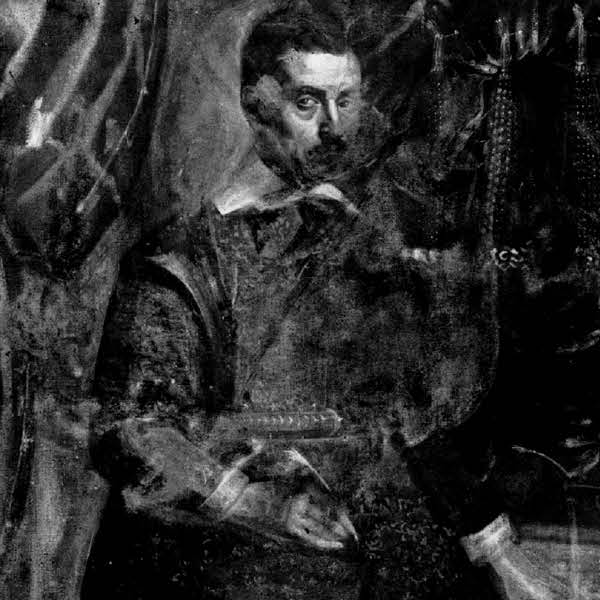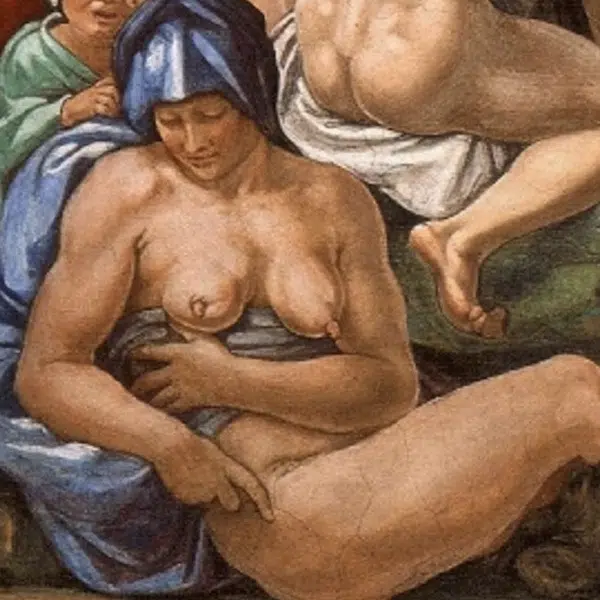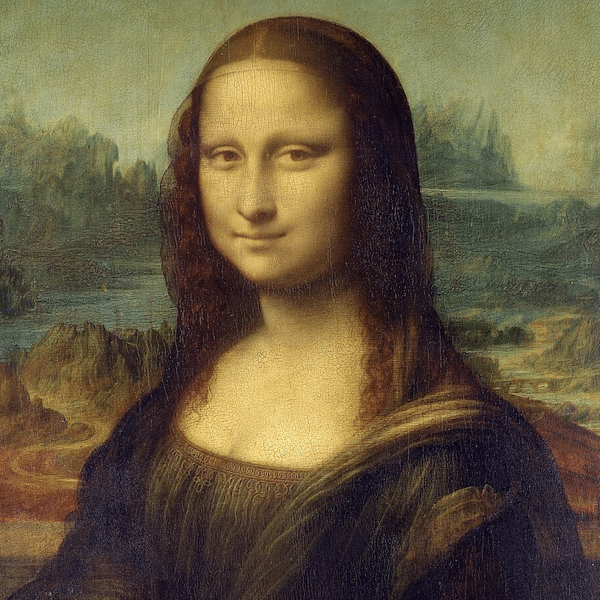
Plautilla Nelli, Detail of “The Last Supper,” c. 1560s (Photo: Wikimedia Commons [Public Domain])
Nearly a third of recorded women artists in Renaissance Italy were Dominican nuns. Sister Plautilla's convent, Santa Caterina, was where she taught herself to paint in the style of other religious artists like Fra Bartolomeo. Her talent and passion for image-making lead her to become the head of an artistic workshop within her convent. In fact, Sister Plautilla was so successful during her time that she was one of the few female artists included in Giorgio Vasari's historical text, the Lives of the Most Excellent Painters, Sculptors, and Architects.
Here, we explore the artistic legacy of Sister Plautilla Nelli, and how she became the lead painter of her convent.
Learn about the accomplished art of Renaissance nun and painter Sister Plautilla Nelli.
Sister Plautilla's Early Life
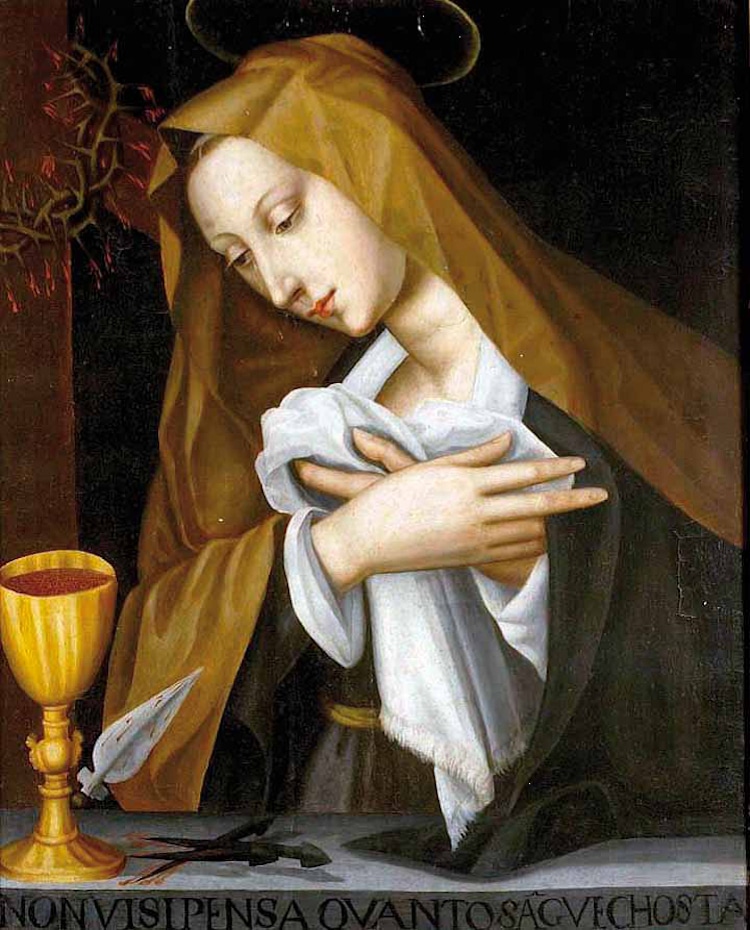
Plautilla Nelli, “Madonna Addolorata,” c. 1500s (Photo: Wikimedia Commons [Public Domain])
Santa Caterina was managed by the Dominican friars and lead by the spiritual leader Girolamo Savonarola (1452-1498). He encouraged the nuns to create religious art to express their devotion to God. Sister Plautilla taught herself how to paint by studying the High Renaissance-style paintings of Fra Bartolomeo (c. 1472-1517), a Dominican friar who also worked for Savonarola, as well as the Mannerist paintings of Agnolo Bronzino (1503-1572). As a woman, Sister Plautilla was not permitted to study the male figure, so she learned how to render men by studying art and sculpture.
Establishing an All-Woman Art Workshop
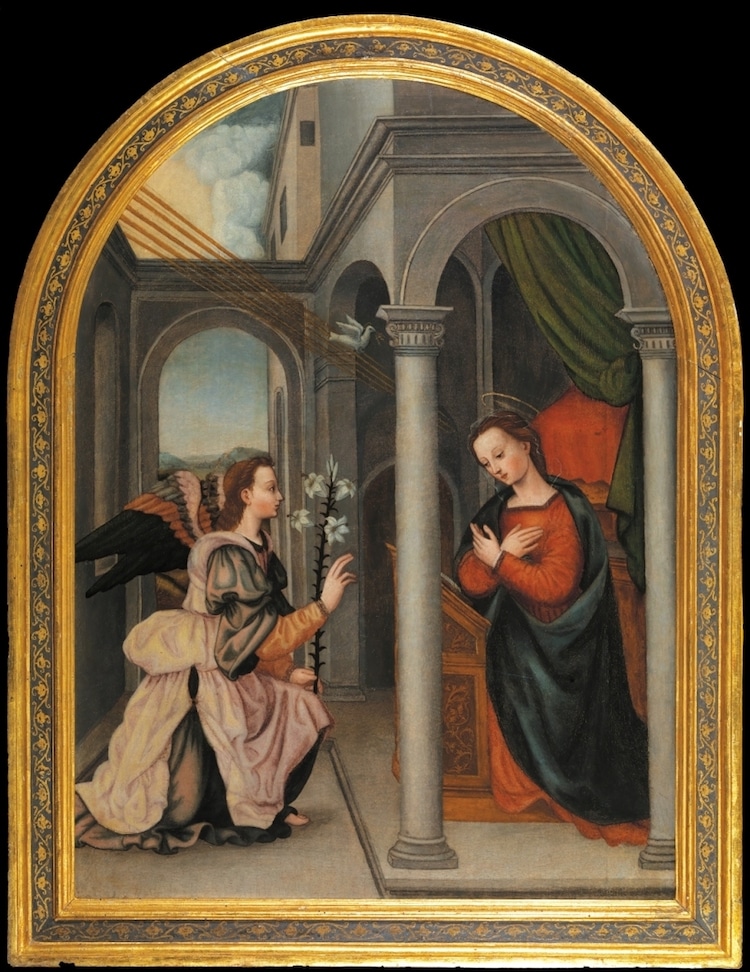
Plautilla Nelli, “Annunciation,” c. 1500s (Photo: Uffizi Galleries Wikimedia Commons [CC BY-SA 4.0])
The Last Supper Painting

Plautilla Nelli, “The Last Supper,” c. 1560s (Photo: Wikimedia Commons [Public Domain])
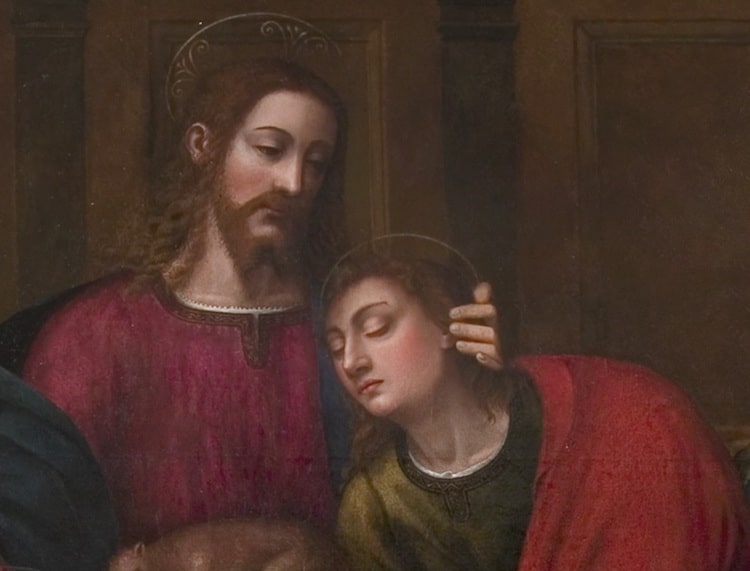
Plautilla Nelli, Detail of “The Last Supper,” c. 1560s (Photo: Wikimedia Commons [Public Domain])
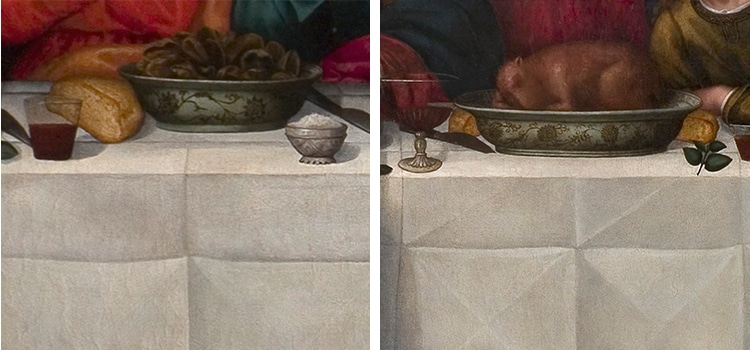
Plautilla Nelli, Detail of “The Last Supper,” c. 1560s (Photo: Wikimedia Commons [Public Domain])
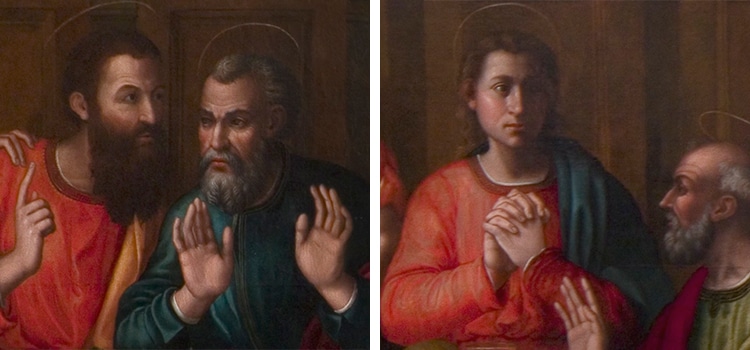
Plautilla Nelli, Detail of “The Last Supper,” c. 1560s (Photo: Wikimedia Commons [Public Domain])
Restoration of The Last Supper
View this post on Instagram
In 2017, the US-based organization Advancing Women Artists Foundation (AWA) started a crowdfunding campaign to restore Sister Plautilla's painting of The Last Supper. The deteriorating artwork had been in hiding for 450 years and hanging in the refectory of the Santa Maria Novella monastery for the last 200 of them.
AWA managed to raise $67,000 for the conservation of Sister Plautilla's only surviving painting. To reach their goal, they offered donors the option to “adopt” one of the 12 apostles depicted in the painting for $10,000 each.
Lead conservator Rossella Lari had to remove layers of overpainting from previous restorations to reach the original artwork. Despite Sister Plautilla's lack of artistic education, Lari contends that the painting shows “powerful brushstrokes” and “a great sense of energy and determination.”
One of the most notable details is the inscription Sister Plautilla made beneath her signature. It says, “Orate pro pictora,” or “pray for the paintress.” By including it under her name, the nun confirms her identity as a woman artist.
After four years of restoration, The Last Supper is on public view in the Santa Maria Novella Museum in Florence where visitors can finally witness its remarkable size and composition.
Related Articles:
8 Interesting Facts About Raphael, Master of the Italian Renaissance
Learn About Masaccio, the Italian Renaissance Painter With a Short Life but Long Legacy
Learn How Donatello’s ‘David’ Statue Paved the Way for Sculptors in the Renaissance
Fra Angelico and the Annunciation: How the Ethereal Event Inspired the Early Renaissance Artist



















































































